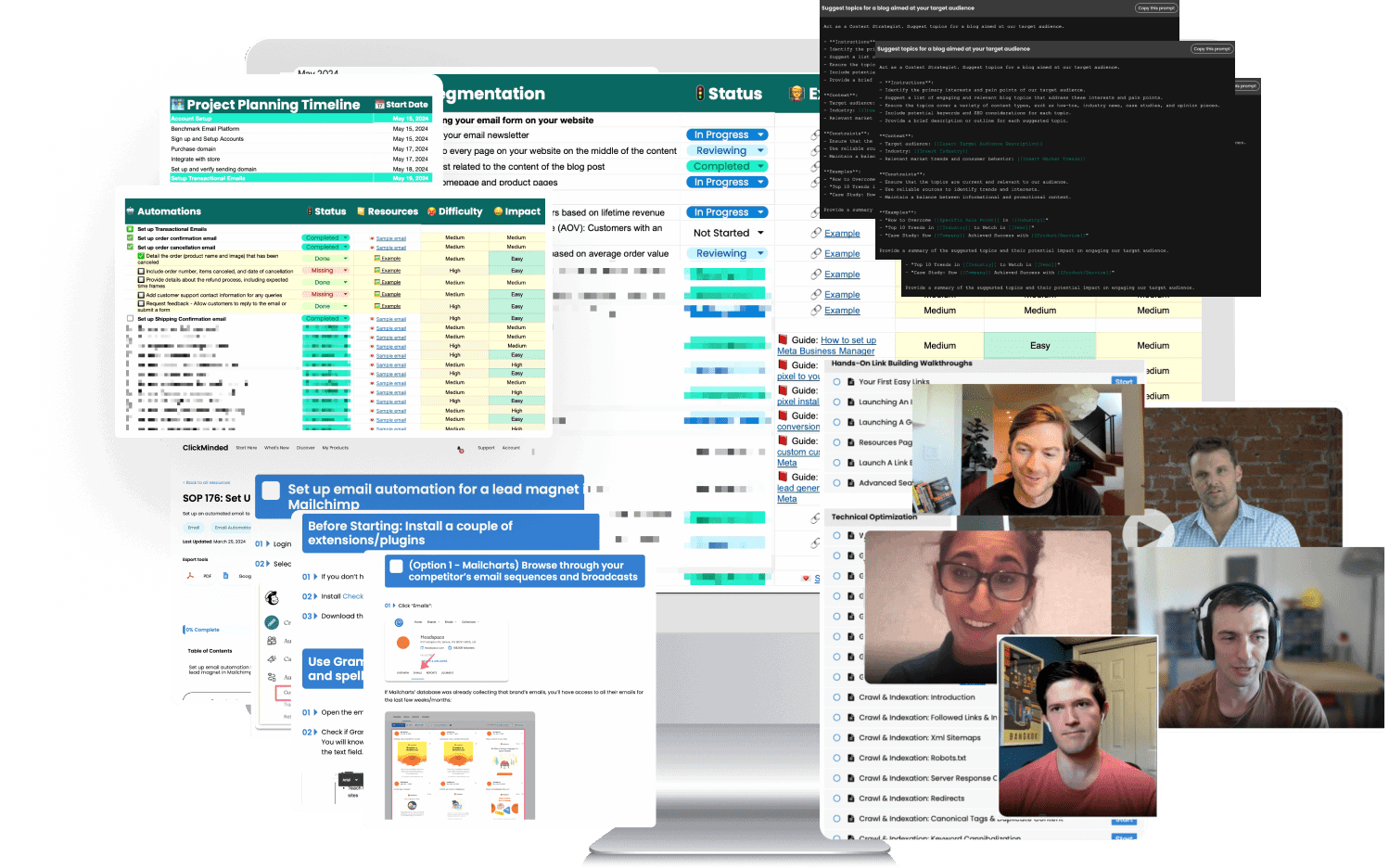The Digital Marketing Strategy Guide
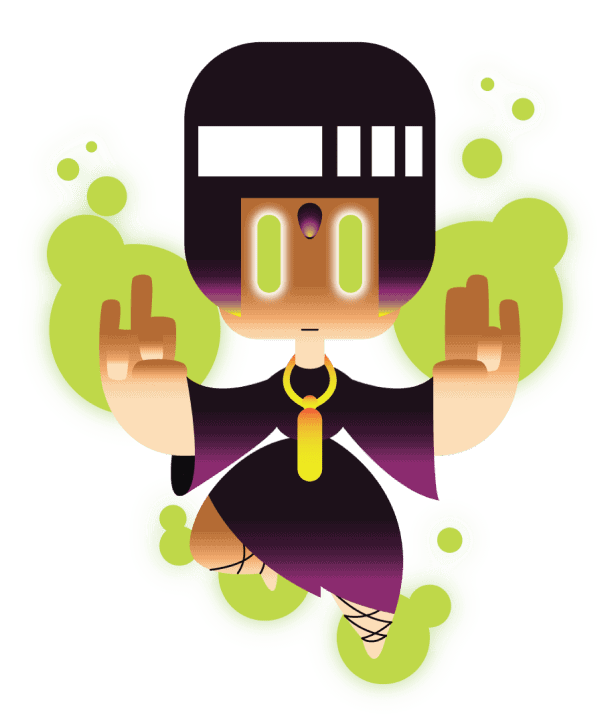

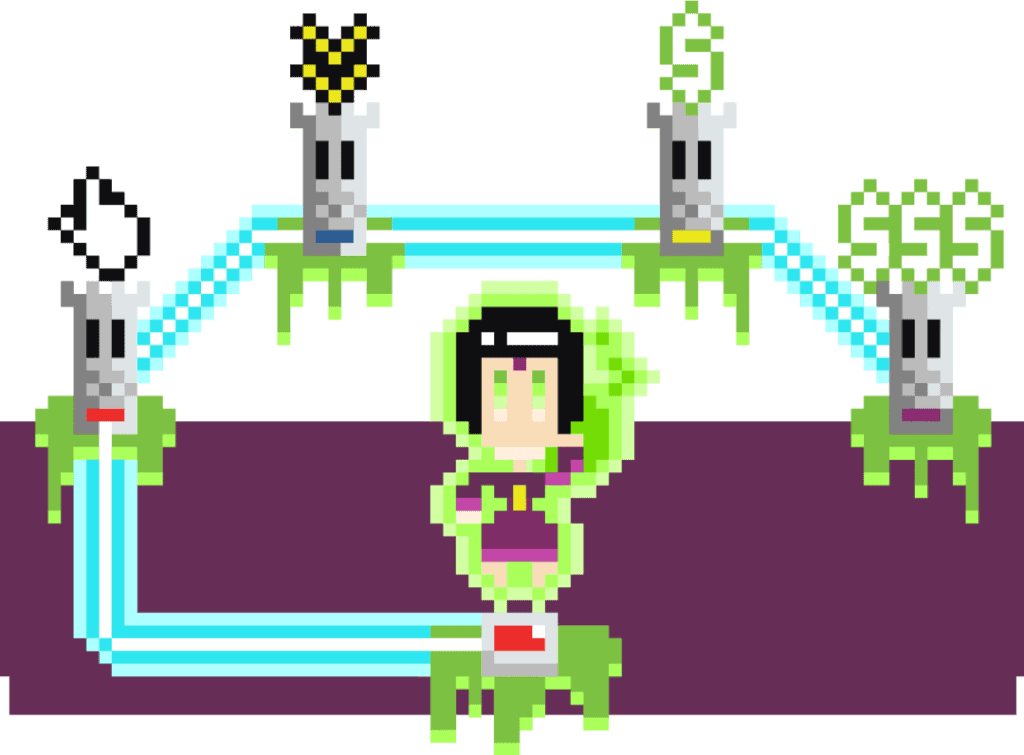
In one sentence, digital marketing is just all the things we do to grow a business through different digital channels.
That can mean a bunch of different things, like:
You can accomplish these things in a number of different ways, and each way is a skill of its own.
For example:
Want to get more website visitors? Great! You could:
Want to get more leads? Awesome! You could:
Want to get more sales? Super! You could:
That is how online marketing for business, works.

Sounds simple, but these are all difficult things to achieve.
Just because you have a Facebook profile doesn’t mean you’re a social media marketer. The fact that you know how to write and send emails doesn’t make you an email marketer.
Unless you can generate growth, you are not a digital marketer.
I don’t need to tell you stories about YouTubers or influencers who make less than minimum wage.
Over the years, I’ve met dozens of people like that:
People who are great at things like generating tons of traffic or creating super interesting content…
…yet, they’re unable to use those skills to build a business or get a job in digital marketing.
100% of the time, the reason is that these people don’t understand sales funnels or how to build them.
A sales funnel framework can easily turn any of these people into a very dangerous (in a good way) digital marketer.
Building a sales funnel is the process of systematically turning strangers into customers and advocates.
It’s important for you to learn this before diving into any specific digital marketing channel.
Click here to check out the ClickMinded Sales Funnels Digital Strategy Guide
This is the most fundamental skill a digital marketer must have.
While analytics is a specialization on its own, every digital marketer must develop at least a basic level of web analytics skills to be any good.
Simply put, digital marketers rely on data to determine what works and what doesn’t.
With that said, digital marketing data is definitely a double-edged sword.
With hundreds of metrics and thousands of ways to slice and dice them, it’s easy to feel overwhelmed by the data—believe me, I’ve been there.
But guess what? I’ve got really good news for you.
Most businesses can get away with just FIVE metrics or less.
Yes, you read that correctly.
In most businesses (and I’m talking even massive venture-backed companies), you’re much more likely to track too many metrics, than you are to track the ones that are most important for your business.
You just need to figure out which are the right five metrics to track.
A.k.a you need an analytics strategy.
Click here to check out the ClickMinded Website Analytics Strategy Guide
9 times out of 10, when you hear someone say they will “invest in content marketing”, what they really mean is “we will start a blog and promise to write regularly”.
Just to be clear: That is not content marketing.
In reality, content marketing is much more complex (and fun).
In the past, content and advertising used to be entirely separate. Content creators created content, and advertisers, well, advertisers advertised:

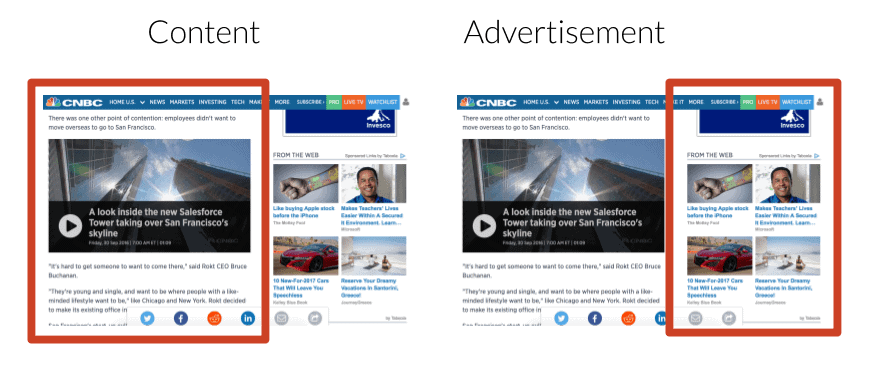
Nowadays, the content IS the advertising
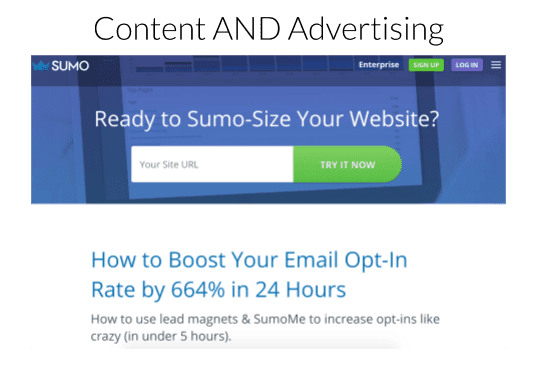
Content marketers can’t work on their own and marketers specialized in a specific channel (e.g. search engine optimization, digital advertising, email marketing, social media) can’t do their work without content marketers.
Content marketing is woven into every digital marketing channel—it’s the input for all marketing campaigns.
It’s a highly strategic skill that every digital marketer should hone (even if they don’t plan on specializing in content marketing).
Click here to check out the ClickMinded Content Marketing Strategy Guide
Most people I’ve talked to who start looking into SEO say the same thing:
“I tried to learn SEO but couldn’t figure it out—there’s too much information. Maybe I should just hire someone to do this for me.”
This isn’t entirely their fault.
There IS a lot of information…but most of it is unnecessary noise and bad advice.
I’ll save you the time and tell you the only thing that matters in one sentence:
To be successful in SEO, you just need to understand what users are looking for, and then create awesome, relevant content that answers their questions.
It’s that simple.
Click here to check out the ClickMinded SEO Strategy Guide
Once you spend a bit of time reading digital marketing content, you’ll start seeing a variation of this phrase as the introduction to any blog post about email marketing.
“Email marketing is the most underrated digital marketing channel.”
This needs to stop.
No one believes that.
No serious digital marketer underestimates email marketing—only people who have no idea about what they’re doing undervalue email marketing.
It has been proven time and time again that email marketing works.
Massive businesses have been built based on gaining subscribers and sending emails.
Email marketing, however, is about more than just writing a newsletter and hitting SEND.
If you want to be one of the top email marketers in the world, you need to learn how to:
Once you have those three things figured out, you’ll have a world-class email marketing strategy.
Click here to check out the ClickMinded Email Marketing Strategy Guide
When you’re a beginner, going into digital advertising poses a real chicken and egg problem.
The first time I launched an ad campaign, I made a mistake that cost my client $22,362 in 18 hours.
It was a rough first week. And it almost cost me my job!
I promise you: You don’t need to learn this the hard way like I did.
I’m not going to lie: digital advertising is hard and it takes a lot of trial and error (or tons of experience) to get a positive ROI.
Almost all marketing activities start off being unprofitable.
What’s important is that you learn, adjust, and optimize to take your marketing initiatives to profit.
Fortunately, we’ve developed a framework for that.
(No “secrets”, “hacks”, or “tricks”— just a super straightforward framework that you can use to launch and optimize any ad campaign).
Click here to check out the ClickMinded Digital Advertising Strategy Guide
Every business wants to “be on social media” or “develop a social strategy.”
Only a few of them know what that means.
We’ve been there.
When we got started, this is what we did:
Sound familiar?
We made a common mistake:
Because we use social media in our daily lives, we thought we automatically knew how to use social media for business.
A lot has changed since those days.
To be successful at social media marketing, you need a strategy that covers three main components:
Click here to check out the ClickMinded Social Media Strategy Guide
Here’s what your path toward becoming an expert will look like.
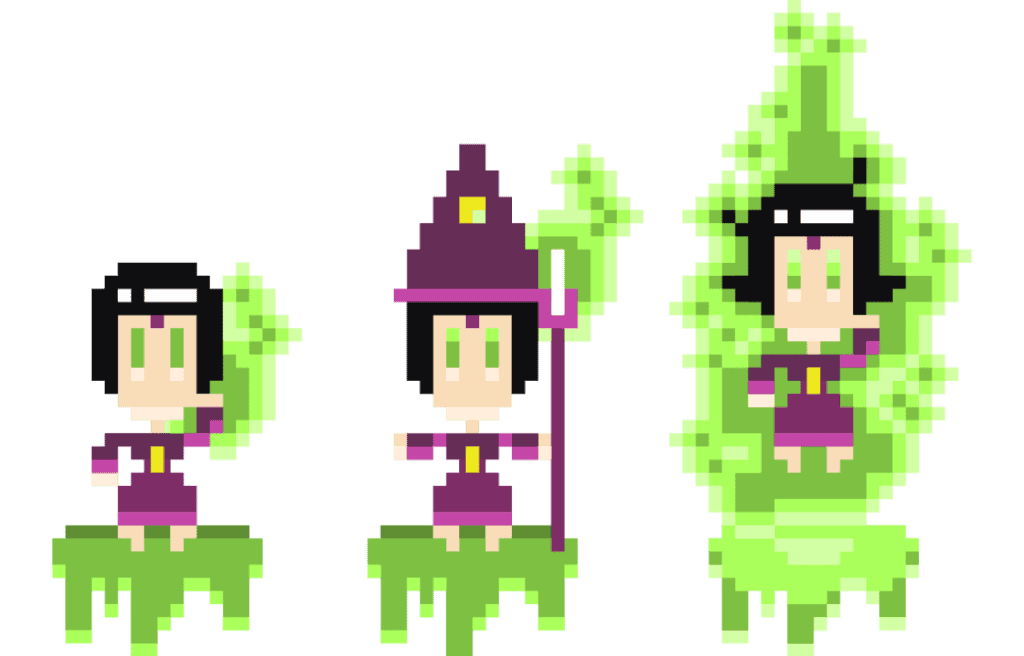
At first, you’ll be a noob—we all were at some point.
This step is about making a lot of mistakes and learning from them as quickly as possible.
There will be no other time in your career where you’ll grow as much as when you’re a noob—it’s very tough, but it’s exciting!
Think of this stage as your trial by fire. This is where most people give up.
You just need to get started. Don’t focus on being good, just focus on improving.
You’ll read that a great digital marketer needs to specialize and we agree with that…but you’ll be better off as a generalist when you’re just a noob.
Try to learn about different channels before specializing in what you like the most—this will come in handy later in your career.
Once you start making a living through a digital marketing strategy guide, you can consider yourself a pro.
At this point, you’ll probably be part of a company’s marketing team, working at a digital marketing agency, or freelancing as a digital marketer.
When you’re a pro, you’ll focus on improving your skills further. If you’ve been a generalist so far, you’ll probably end up specializing in a single channel.
If you don’t know how to decide, pick the channel where you can have the biggest impact on a business.
Few people reach the level of expert.
Avoid a common mistake: Experts are not those who have the most Twitter followers or who speak at industry conferences.
True experts are those who can consistently generate massive results for businesses they’ve worked on.
Period.
At this point, you’ll likely be managing a team of other digital marketers, running an agency, or growing your own business.
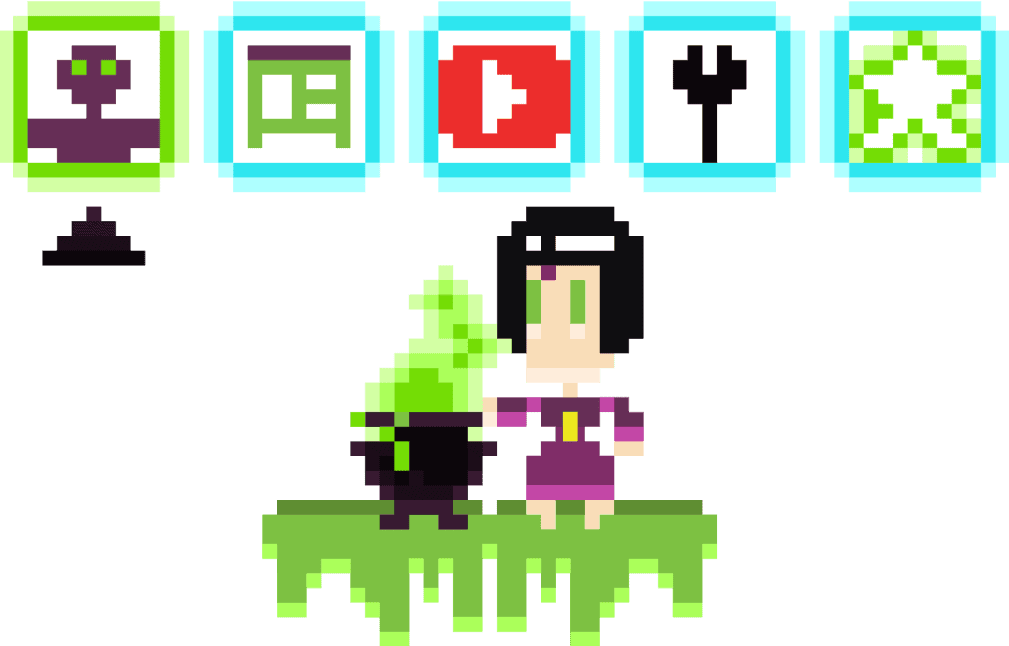
Every industry, company, and digital marketing channel is different.
That’s why it’s not enough to know about the latest trick or hack to be successful—what works for one company might not work for the other.
If you want to create a powerful digital marketing guide, you need to understand the fundamentals.
We’ve created a framework that will help you get results as quickly as possible.
The ClickMinded Digital Marketing Framework has five components:
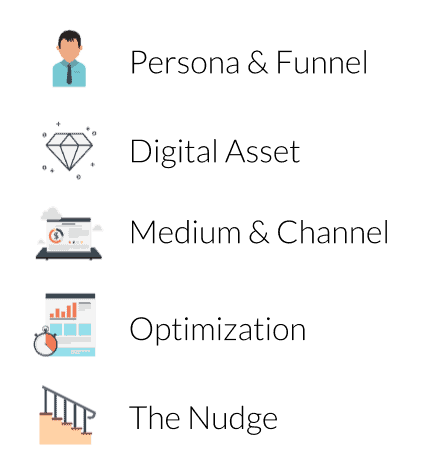
Let’s get started.
First, you want to figure out who you’re targeting (a.k.a. your target persona) and which stage of the funnel they’re in.
This will make every later decision 10x easier to make.
A target persona is a representation of your ideal customer.
It’s a combination of demographics (age, gender, language, location, etc.) and psychographics (interests, desires, opinions, values, etc.)
For example, a target persona might look like this:
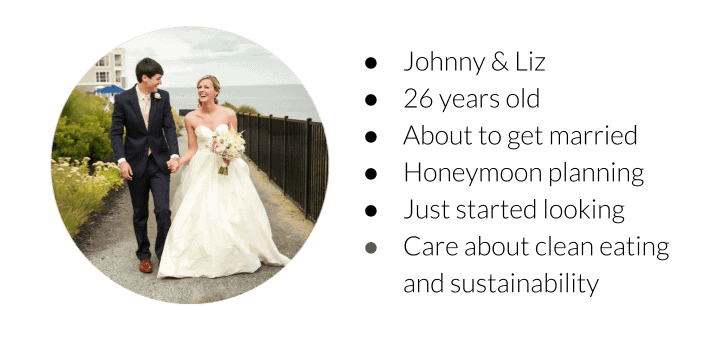
Creating a target persona will help you better understand who you’re marketing to—beyond just numbers like visitors, users, or sales.
Imagine if you had to write ad copy for a camping equipment company based on one of these descriptions:
It’s pretty clear which of these will make your work easier, right?
And it’s not just writing copy—ad targeting, partnerships, channel selection, budgeting, pricing…and many other decisions will be easier once you have a target persona.
The process to do this typically looks like this:
To get started with persona creation, check out these resources:
Next, you need to figure out which stage of the sales funnel your target persona is in.
A sales funnel is just a model for how a person goes from being a complete stranger to becoming a customer, repeat buyer, and advocate for your product.
The typical sales funnel looks something like this:
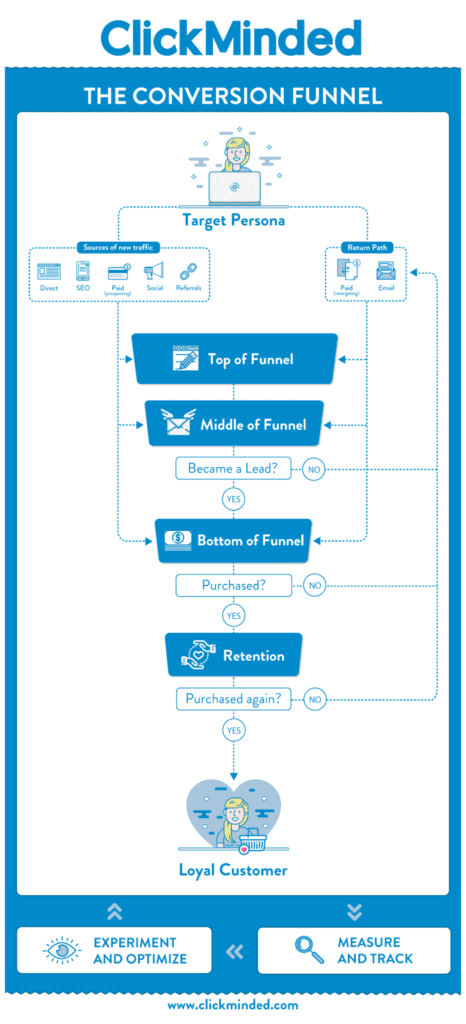
There are many different versions and variations, but this is the most basic one—and we’ve found that it works for almost every business.
At a high level, this is what each stage means:
Your job as a digital marketer is to design, implement, and optimize tactics that take the most people from one stage of the funnel to the next.
Let’s look at some examples.
Let’s say your company that sells camping equipment just launched a new loyalty program.
Which of these tactics would be a better idea to promote it?
The latter will clearly be more targeted and is likely to generate a higher return on investment.
If you haven’t yet, check out the ClickMinded Sales Funnels Strategy Guide to get started.
I know this all sounds very theoretical so far.
But trust me.
By combining personas and sales funnels you will be able to create better digital marketing strategy campaigns that create brand awareness and ultimately generate more new customers and sales.
This is just a fancy way to say “the content the user will consume.”
Most people immediately think of a blog post, but it doesn’t have to be just that.
The digital asset you use could be a bunch of different things: an email form response, a product review, a social media post, a video image, a podcast, or an ad on social media.
Maybe it’s even a digital tool that you created or a product demo.
For example, if you’re targeting young gamers who also enjoy watching epic fiction series, you might decide to create a quiz titled “To which Game of Thrones family do you belong?”
Choosing a digital asset depends on who the target persona is and the stage of the funnel they’re in—your job is to use this information to pick the best digital asset to use.
To learn more about creating your digital assets, check out the ClickMinded Content Marketing Strategy Guide.
Once you’ve decided what your digital asset is going to be, the next steps are to decide where it’s going to live (the medium), and how to distribute it (the channel.)
In general, the most common medium will be your own website, but it doesn’t have to be.
Your medium could also be YouTube, Google Places, Yelp, Amazon, Pinterest, or maybe the App Store.
Each medium is usually fit for a specific type of digital asset.
For example, a long video is probably a better fit for YouTube than Twitter or Instagram.
When you know the medium, you need to pick the way you’re going to get this asset on this medium to its target audience—in other words, pick the channel.
Like anything else in your strategy, your channel selection depends on decisions you’ve previously made.
If you picked YouTube as your channel, the ways to get traffic to your video could be YouTube SEO, YouTube Ads, getting your video embedded in other sites, or even getting other YouTubers to create videos about your video.
However, your digital asset is not the only thing that will influence your medium and channel selection.
Once again, you need to think of your persona and funnel stage.
For example, if you’re targeting people who are concerned with their online privacy and looking for a secure chat service…
…it might be a bad idea to create a social media ad for them since a lot of them are probably using ad blockers and privacy plugins.
This is, very simply, just doing everything you need to do to maximize the number of users who get your asset through the channel you picked.
If you pick digital advertising to drive traffic to a landing page, optimization will include things like testing ad graphics, copy, placement, targeting, budget, etc.
If you pick SEO to drive traffic to a blog post, optimization will include things like performing keyword research, optimizing your post content, building links, and fixing technical issues.
If you pick email marketing to drive webinar registration, optimization will include things like testing subject lines, calls-to-action, send times, and subscriber segmentation.
You get the point.
Each channel is a different animal—you need to learn how to get the most out of the one you choose to use.
Once you’ve picked a channel, get started by checking out its corresponding guide:
This is the most important aspect of the framework.
In simple terms, the nudge is how you push users to the next logical step down the funnel.
The nudge is about getting results.
It’s not enough that you get people to consume your asset.
A great digital marketing strategy guide always has to think about what the next step is.
If you have a blog post that’s attracting a ton of new traffic (top-of-the-funnel), a nudge could be a call-to-action to download a bonus in exchange for an email address (middle-of-the-funnel).
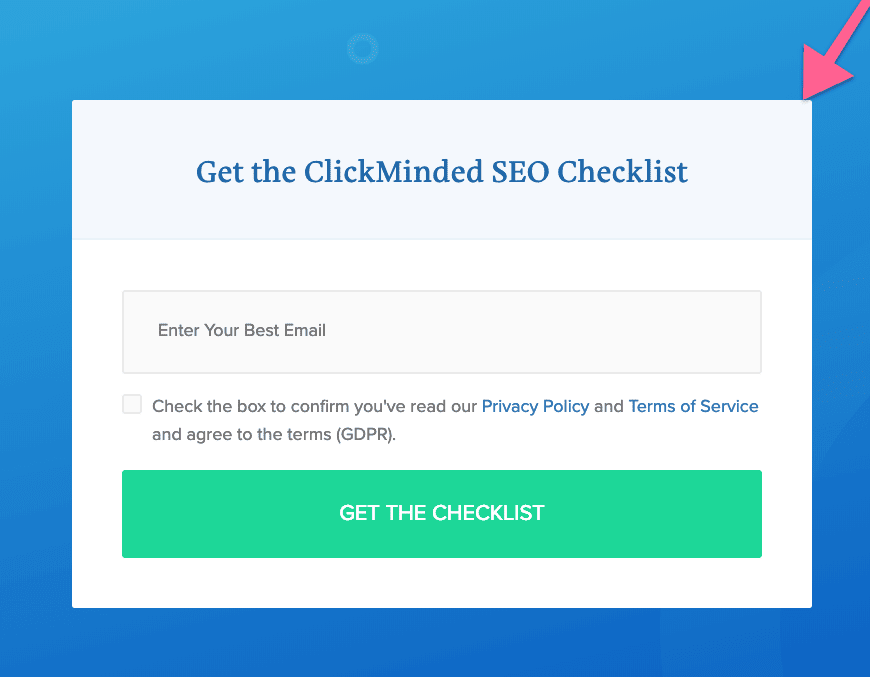
If you have a webinar with a lot of attendees (middle-of-the-funnel), a nudge could be an offer to enroll with a limited-time discount (bottom-of-the-funnel).
Whatever digital asset you create, you need to think about how it will help you get your users closer to purchasing.
To get started and learn more about nudges, check out the ClickMinded Sales Funnel Mini-Course.
So how does all this work together?
Here’s how you can use this framework to create an entire digital marketing strategy:
If you want to learn how we do these seven steps and get a template to create your entire strategy, check out our free Digital Marketing Strategy Masterclass.
You can also find our free digital marketing audit template for your team.
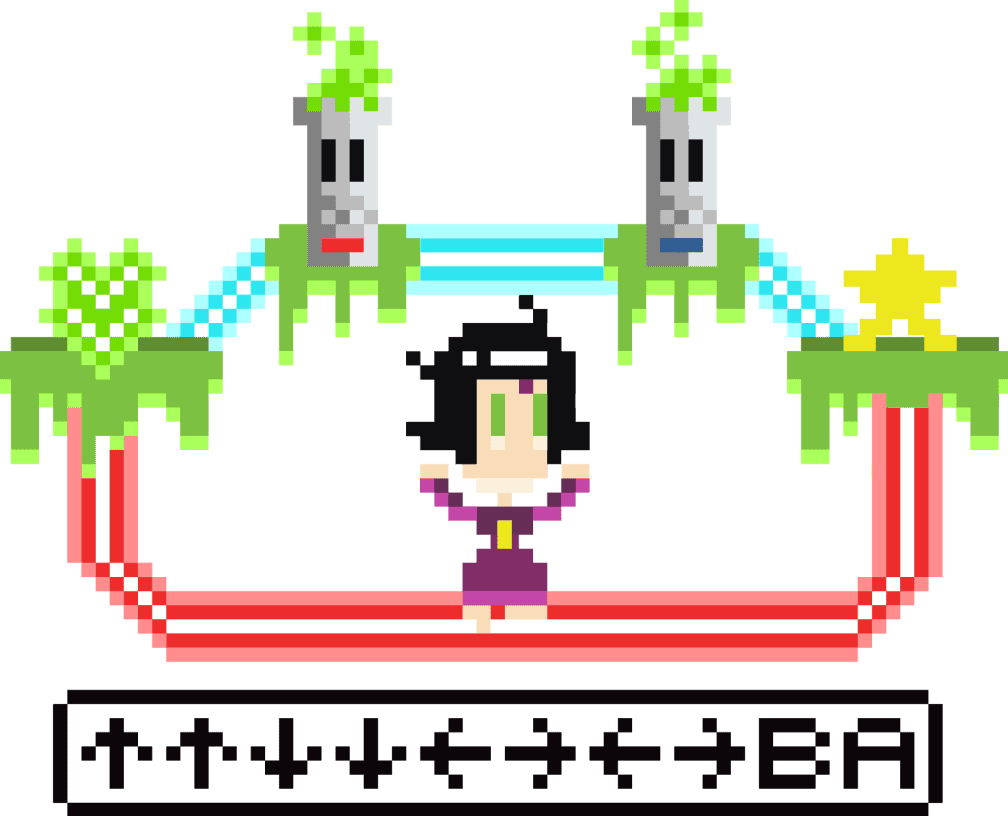
I will never get tired of saying this.
The most effective way to become a digital marketer is by doing digital marketing.
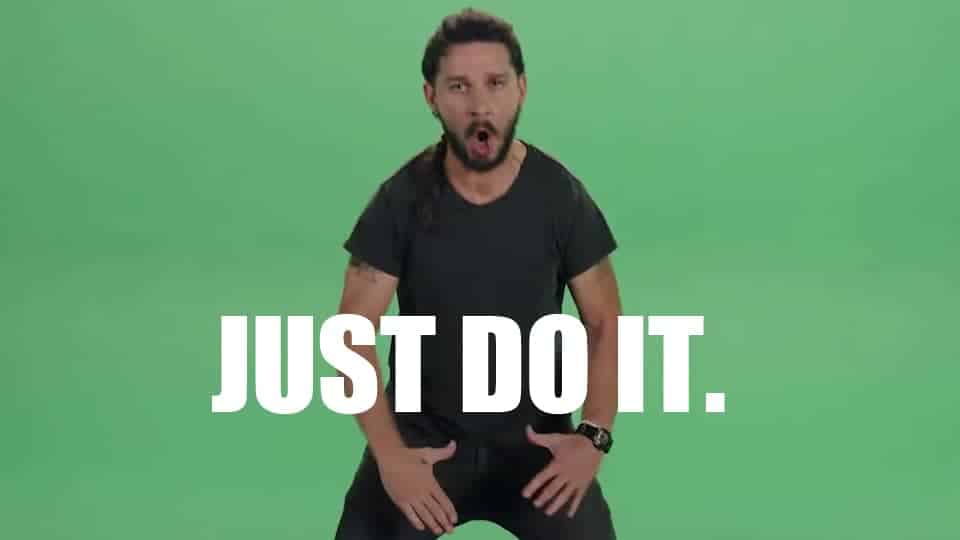
Here are a few ways you can get some hands-on customer experience when you’re just getting started:
Once you’ve figured that out, here’s how to move forward:
Outcome: You will have a fundamental understanding of how digital marketing works. The last section of the guide (“Traps”) is especially important if you’re new to this.
Outcome: You will have a clear game plan for how you will attract traffic, convert traffic into leads, leads into customers, and customers into advocates.
Outcome: You will have an easy way to know whether your marketing efforts are working as expected or not. Plus, you’ll gradually get better at setting up business goals and targets.
Outcome: You will learn from your successes and failures and use that input to get better.
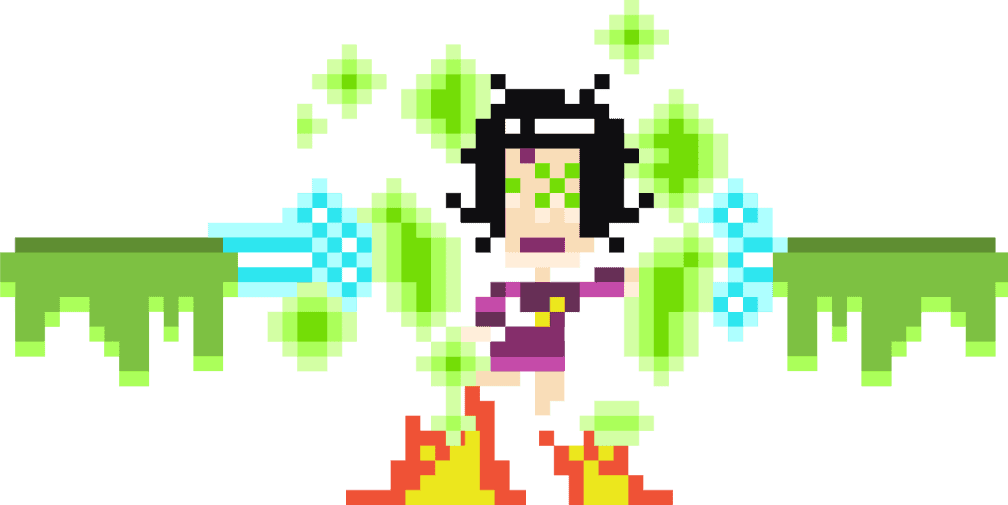
When you have little experience, this industry can be hard to navigate.
There is waaay too much (bad) information out there…
…so we put together a list of traps you should avoid:
It won’t take long before you’ll start to notice that there are way too many digital marketing bloggers writing about the latest “tactic you need to use”, a “mistake you’re probably making”, or a “secret hack that generated 300% growth in 7 days.”
You should avoid these.
I’ll write that again in all caps.
AVOID THESE AT ALL COSTS.
Most of these posts don’t aim to teach you something valuable…
…their objective is merely to get your attention.
If they succeed, you’ll probably end up wasting a lot of time just reading blog posts, and feeling anxious about missing out on the latest trick.
Bottom line: Stop reading digital marketing blogs. Start doing digital marketing instead.
Which makes for a good segway into the next trap.
When you start learning digital marketing, it’s easy to go down a rabbit hole, feeling like you need to know “just a bit more” before you’re ready to implement.
Digital marketing is a practical discipline.
If you want to be any good at it, you need to get your hands dirty and do the work.
The best way to learn is to just get started as soon as possible.
Whenever you hit a roadblock, research how to get past it, and then keep going.
You should eventually develop a healthy balance of execution and learning that you’ll maintain for the rest of your career.
This is a mistake people who follow more traditional career paths tend to make.
Digital marketing is not a discipline where credentials matter.
It doesn’t matter if you have a digital marketing degree or certification.
The only thing that matters is that you can get results.
If you’re planning on spending a lot of money on a master’s degree in digital marketing or certification, our advice is simple: Don’t.
You can get a better education online for a fraction of the cost—and use the rest of the money to start your own website and get some actual experience.
Disclaimer: ClickMinded does offer certifications. However, we’re very upfront about the fact that you don’t need them. We keep them because some clients use our courses for internal training and use the certifications as a way to check on their employees’ progress.
